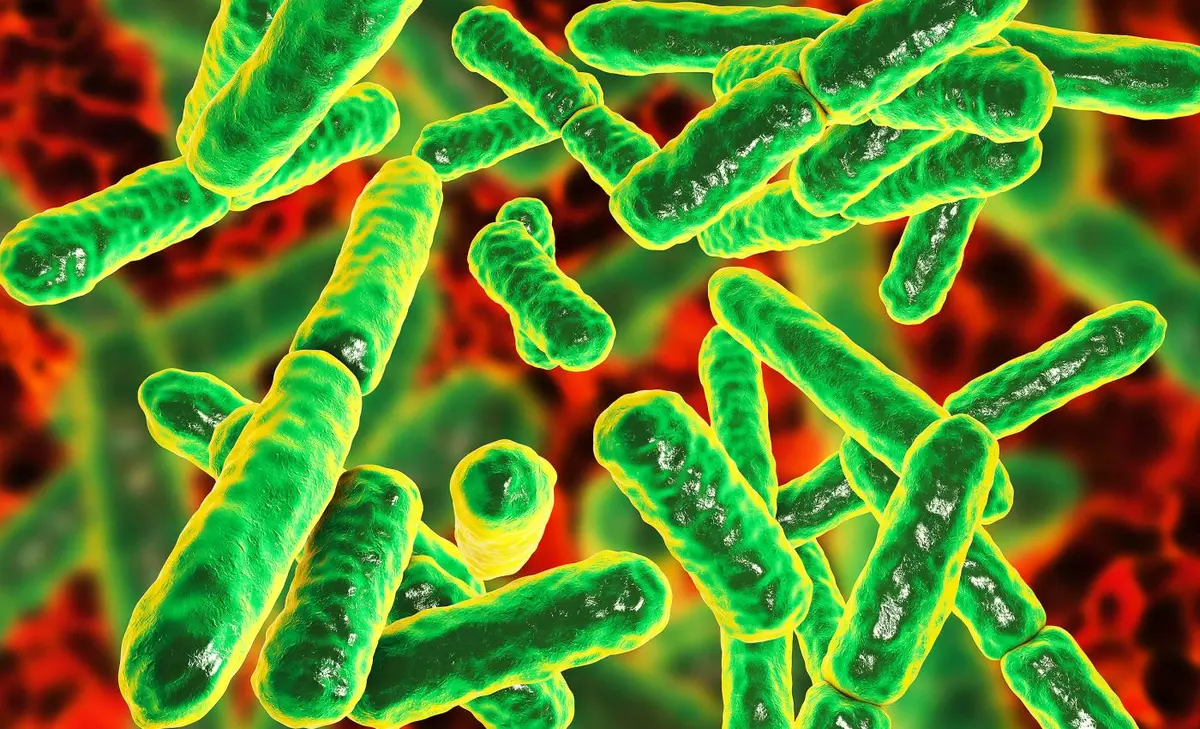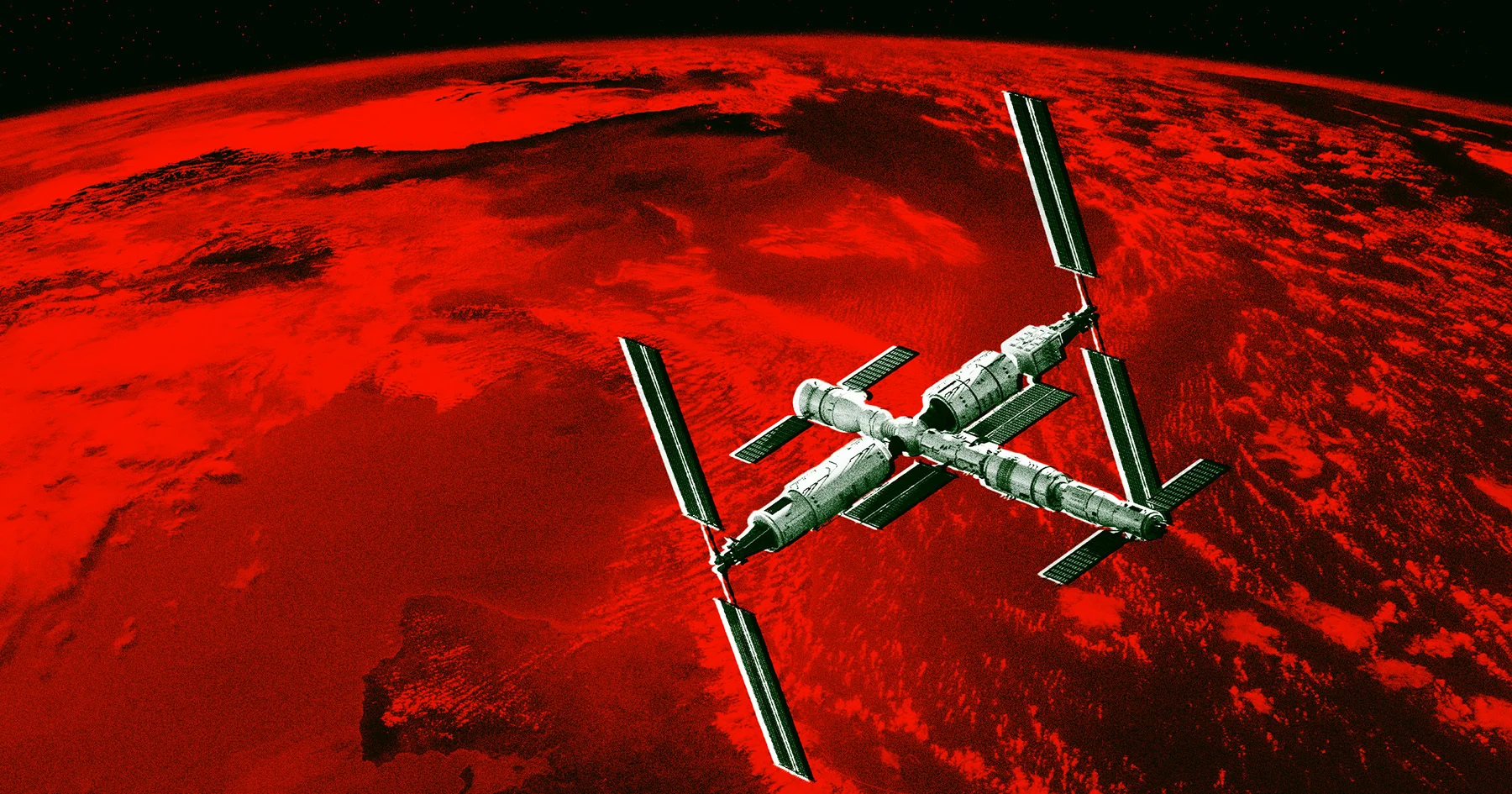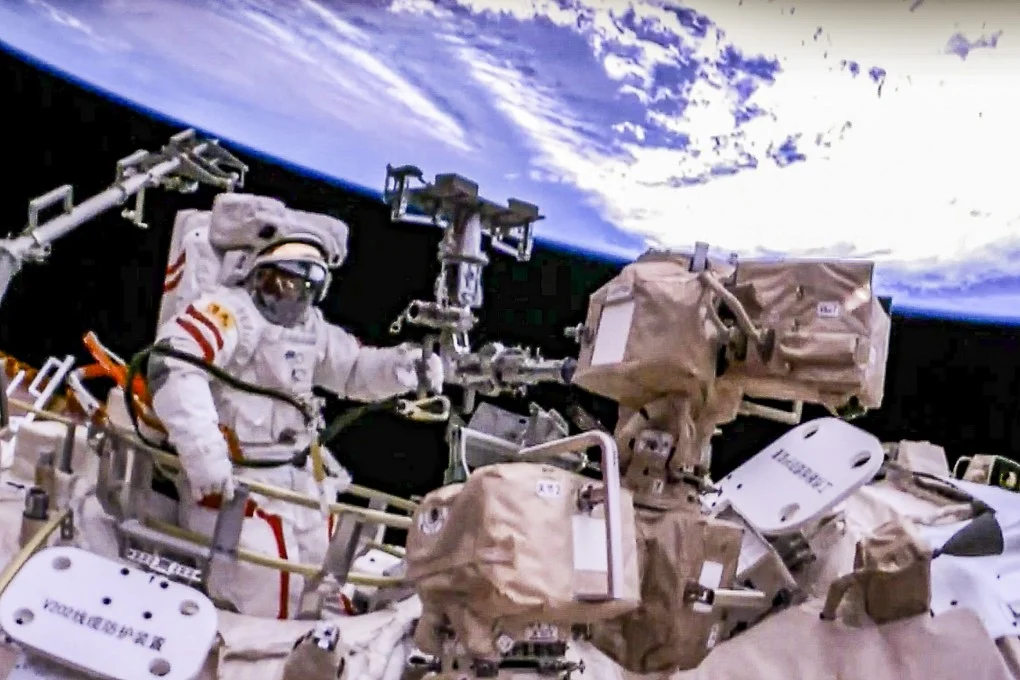Floating hundreds of miles above Earth, aboard China’s Tiangong space station, scientists have discovered a bacterial hitchhiker that has never been identified on our planet. It’s small, rod-shaped, and surprisingly resilient. Meet Niallia tiangongensis—a newly classified species that may have evolved specifically to survive the extreme conditions of outer space.
According to China Central Television (CCTV), the country’s national broadcaster, taikonauts, China’s astronauts gathered swab samples from various surfaces inside the Tiangong station in May 2023. Those samples, once frozen and returned to Earth, revealed something extraordinary: a previously undetected microbial species in Earth’s biosphere.
Born for the Stars? Or Just Along for the Ride?

The bacterium’s discovery is part of the broader China Space Station Habitation Area Microbiome Program (CHAMP)—a research initiative aimed at analyzing how microorganisms behave in a sealed, human-occupied space environment.
But here’s what makes Niallia tiangongensis stand out. Genomic sequencing published in the Journal of Systematic and Evolutionary Microbiology shows that its closest Earth-based cousin is Niallia circulans. While the two share ancestry, scientists uncovered substantial genetic deviations, enough to classify this space-dwelling version as an entirely new species officially.
Still, the mystery lingers: did Niallia tiangongensis originate in the vacuum of orbit? Or is it one of countless undiscovered species that hitched a ride into space?
Built for Survival in Microgravity

What’s astonishing isn’t just that this bacterium exists in space—it’s how well it performs there. Niallia tiangongensis demonstrates a toolkit of evolutionary advantages that make it a formidable survivor in orbit.
According to the published study, it can:
- Hydrolyze gelatin, breaking down proteins in ways that help it persist in low-nutrient environments.
- Form protective biofilms, shielding it from harsh conditions.
- Activate oxidative stress responses—allowing it to endure high radiation exposure.
- Promote DNA repair in the face of damage that would obliterate many other organisms.
“This aids their survival in the space environment,” the researchers stated plainly. In other words, this isn’t some delicate lab strain—this is a battle-hardened organism thriving where few others could.
A Microbial Blueprint for Cosmic Resilience
To understand how extraordinary Niallia tiangongensis is, it helps to look at its biological makeup. Like others in the Niallia genus, it is rod-shaped and surrounded by a thick cell wall, but unlike many bacteria, it lacks an outer membrane. More critically, it can form endospores—hardened capsules that encase its DNA, allowing the bacterium to go dormant in extreme environments until conditions improve.
This ability isn’t just useful in orbit. On Earth, Niallia circulans—its close relative—can survive harsh chemicals, radiation, and even some antibiotics. However, it’s also been associated with cases of sepsis, particularly in people with weakened immune systems. That raises a new question: could its spaceborne cousin pose a threat to astronauts?
At this point, scientists say it’s too early to tell.
Microbial Hazards of the Final Frontier
Space agencies have long known that bacteria behave differently in orbit. Microgravity alters their growth rates, gene expression, and even their resistance to antibiotics. But discovering a previously unknown species thriving on the console panels of Tiangong takes that awareness to a whole new level.
And it’s not just about hygiene. Microbial behavior in orbit could directly impact long-term space travel, from how we sterilize equipment to how we protect astronauts’ health. If Niallia tiangongensis is any indication, the microbial world is adapting—possibly evolving—right alongside humanity’s reach for the stars.
A Vast Microbial Ocean Still Uncharted

While this discovery is groundbreaking, it also underscores how little we truly know about Earth’s microscopic inhabitants. Scientists estimate that we’ve identified just a fraction of the bacterial species that exist, tens of thousands out of billions.
Whether Niallia tiangongensis originated in space or was unknowingly ferried there from Earth, it serves as a powerful reminder that the microbial frontier may be just as vast as space itself.
And as China continues expanding its presence in orbit, one thing is certain: this won’t be the last surprise Tiangong has in store.



